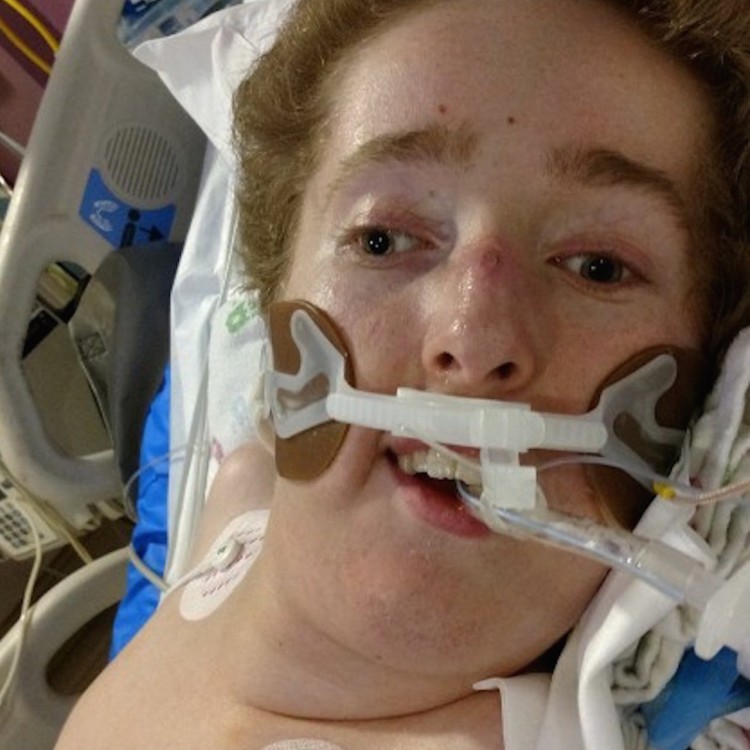“We might need to intubate.”
There are few words that I have been anticipating and fearing as much as these. Even though my son, Maxie, was born with Canavan disease and is 19 years old, he has enjoyed extremely good health with only about three respiratory illnesses in his entire life.
This is not by accident.
We have vigorously and enthusiastically taken every possible preventative measure with his care. He’s very fortunate to have an amazing pulmonologist and respiratory therapist who suggested a daily maintenance regime of inhalers, nebulizers and percussion vest treatments twice a day for the past 13 years. It’s been a true labor of love keeping Maxie healthy, but the alternative is much worse.
We’ve always known that intubation could be tricky for Max, and if he was ever required to be placed on a ventilator, we knew the extubation would be far trickier.
On November 6 at about 10 a.m., my worst fears came true.
When we left the house, he had a fever, and within the hour of arriving at the ER, Maxie had stopped fighting and his body temperature was below 95 degrees. He was in full respiratory failure and septic shock. The doctor told me that in order to save his life he would need to intubated and placed on a ventilator.
When the doctor asked about advanced directives, I said, “Maxie wants to be here,” and we agreed that “all heroic measures” would be taken to give Max a fighting chance. The doctor said, “If he wants to fight, then we’re here to fight with him.”
This ultimately turned into more than a month in intensive care, one unsuccessful extubation, a second intubation and multiple times where my son almost lost his battle. I was fortunate to have many parents contact me with success stories of relatively long stints on a ventilator following a successful extubation and a full recovery. I can only hope to have the same story to share with other families one day.
The ventilator and breathing tube were nothing like I imagined it would be. My child was able to get help breathing while his body recovered.

This was an easy decision to make at the time, but the anticipation and grief were largely due to my own preconceived notions and some misconceptions.
In this case, it was a lifesaving measure that allowed my son to come home. His recovery astounded even the seasoned critical care team who may have been looking more at his diagnosis of Canavan disease than his will to live. I think the ER doctor summed it up perfectly when he told me that if Max wants to fight then let’s give him everything we can to help him win.
I’m sharing this in the hopes that it can help another parent when they might have to make the same difficult decision. I was happy to discover that everything I thought I knew about ventilators was wrong. I know there are many instances where the outcome won’t be the same as what we experienced, but I don’t think I fully appreciated the help this technology would offer my son and aid in his recovery because it was always presented to me as such a last resort and terrible option, and that wasn’t my experience at all.
This piece of equipment saved my child, and he’s even smiling in the picture I took above, breathing tube and all.
We want to hear your story. Become a Mighty contributor here.

